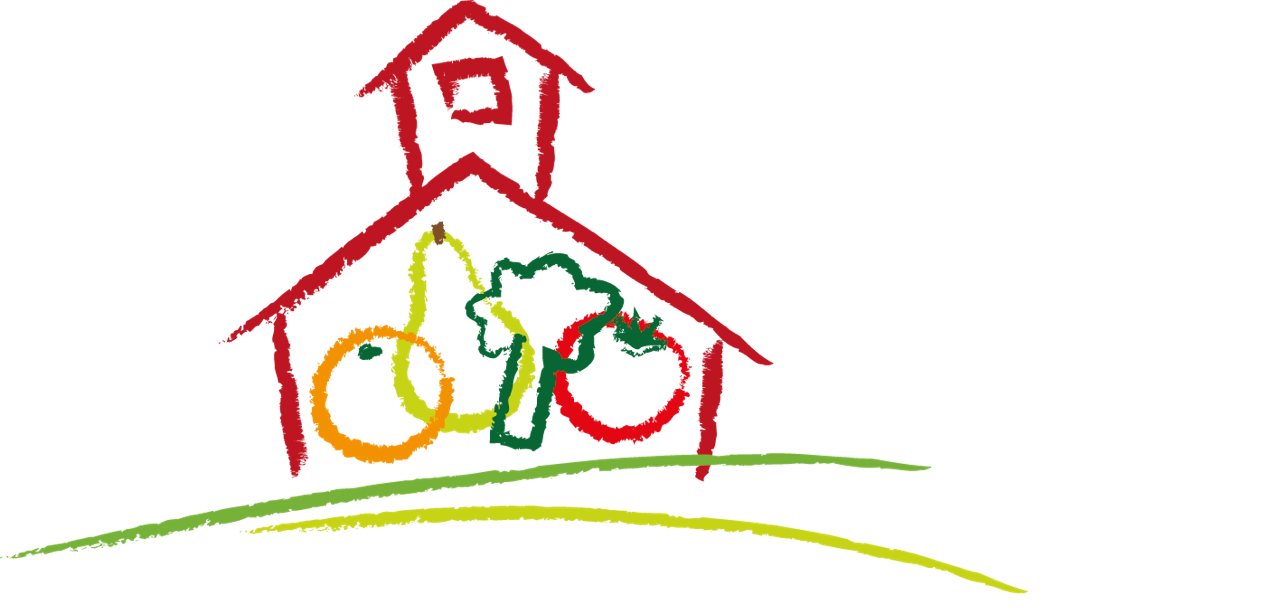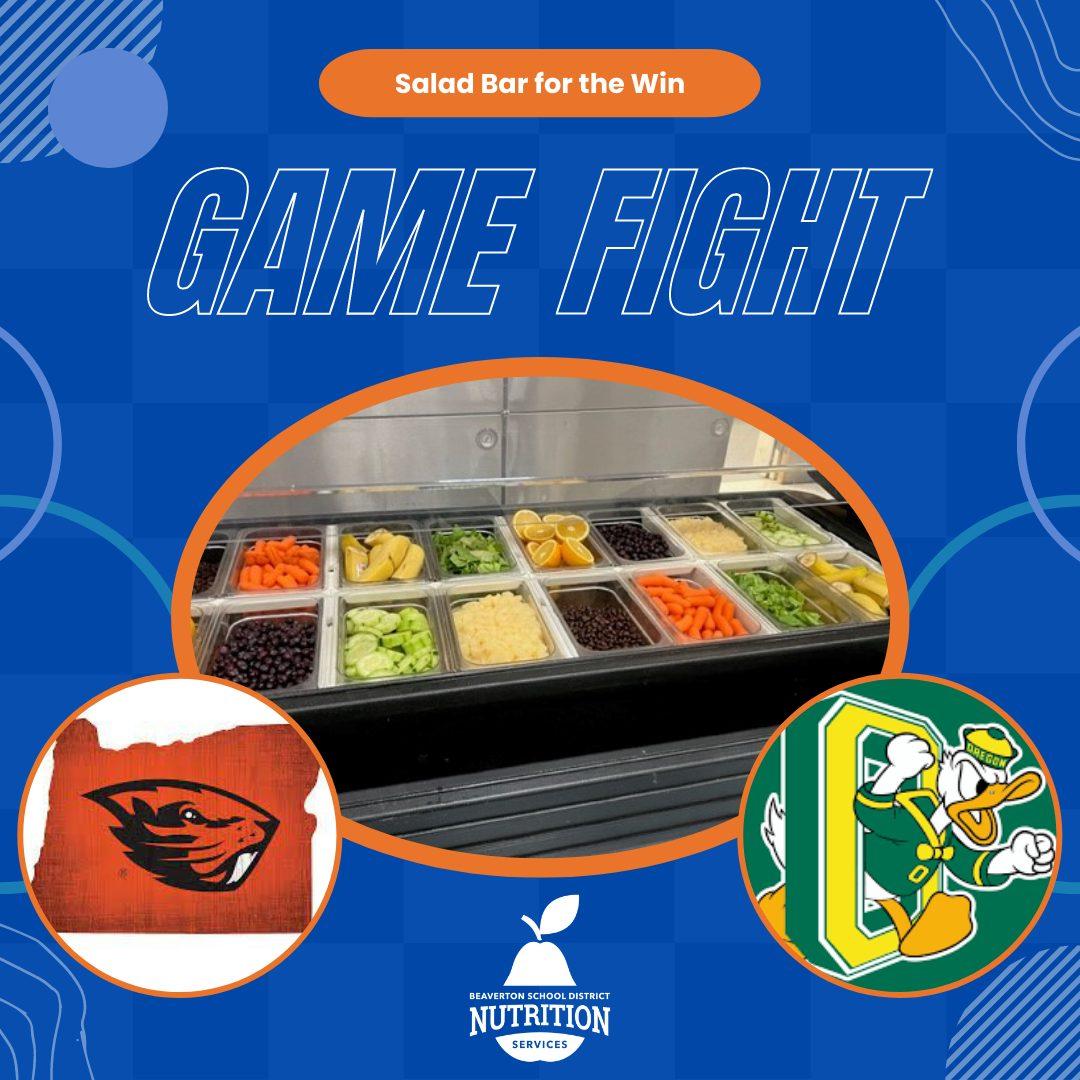Cultivating Healthy Habits: Marketing Tactics for a Successful School Salad Bar Program

A robust salad bar program in K-12 schools can be a game-changer when it comes to encouraging kids to make nutritious food choices. To ensure the success and sustainability of your school’s salad bar program, effective marketing tactics play a pivotal role. In this blog, we’ll explore some innovative strategies that a K-12 school foodservice director or food service operation can utilize to promote and maintain a strong salad bar program in schools.
Create an Inviting Salad Bar Setup:
The first step in promoting a salad bar program is to create an attractive and inviting setup. Invest in colorful, appealing displays, fresh ingredients, and eye-catching signage. Chef Jen at the Katherine Delmar Burke School in California creates stunning salad bar spreads using a wide variety of colorful produce.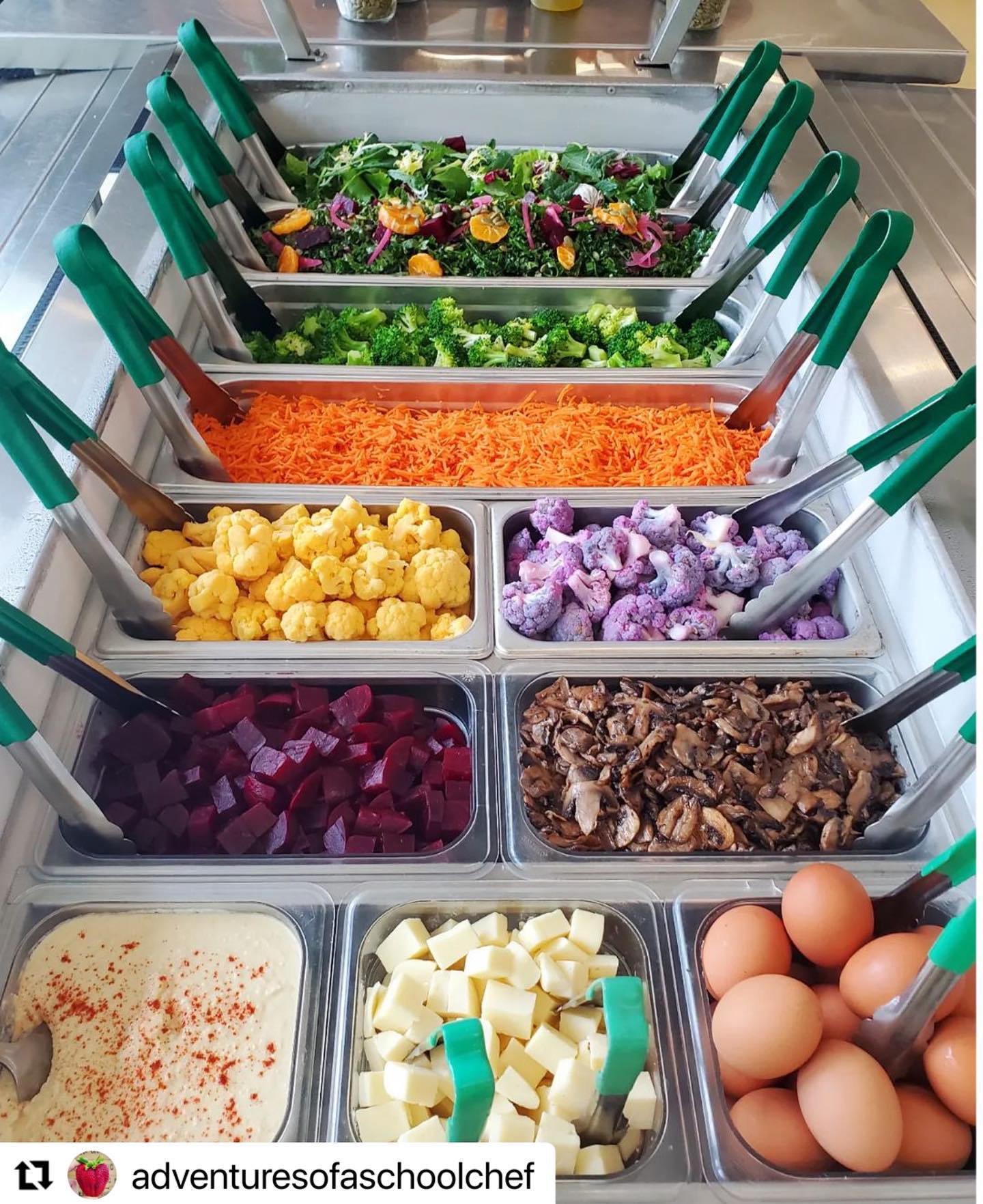
Incorporate food art into the salad bar to make offerings more attractive like the radish flowers on the salad bars at Humboldt Unified School District in Arizona.
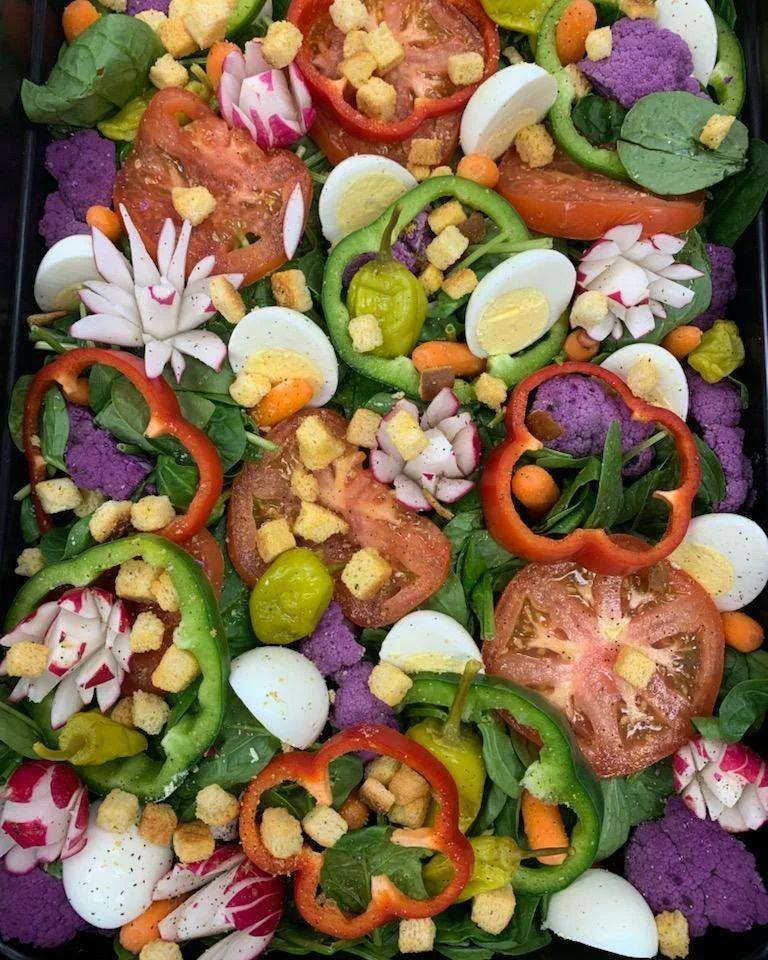
Bright lighting, with colorful signage and decorations like fruit and vegetable stuffed animals make for an attractive and appealing setup at the Hernando County Schools in Florida.
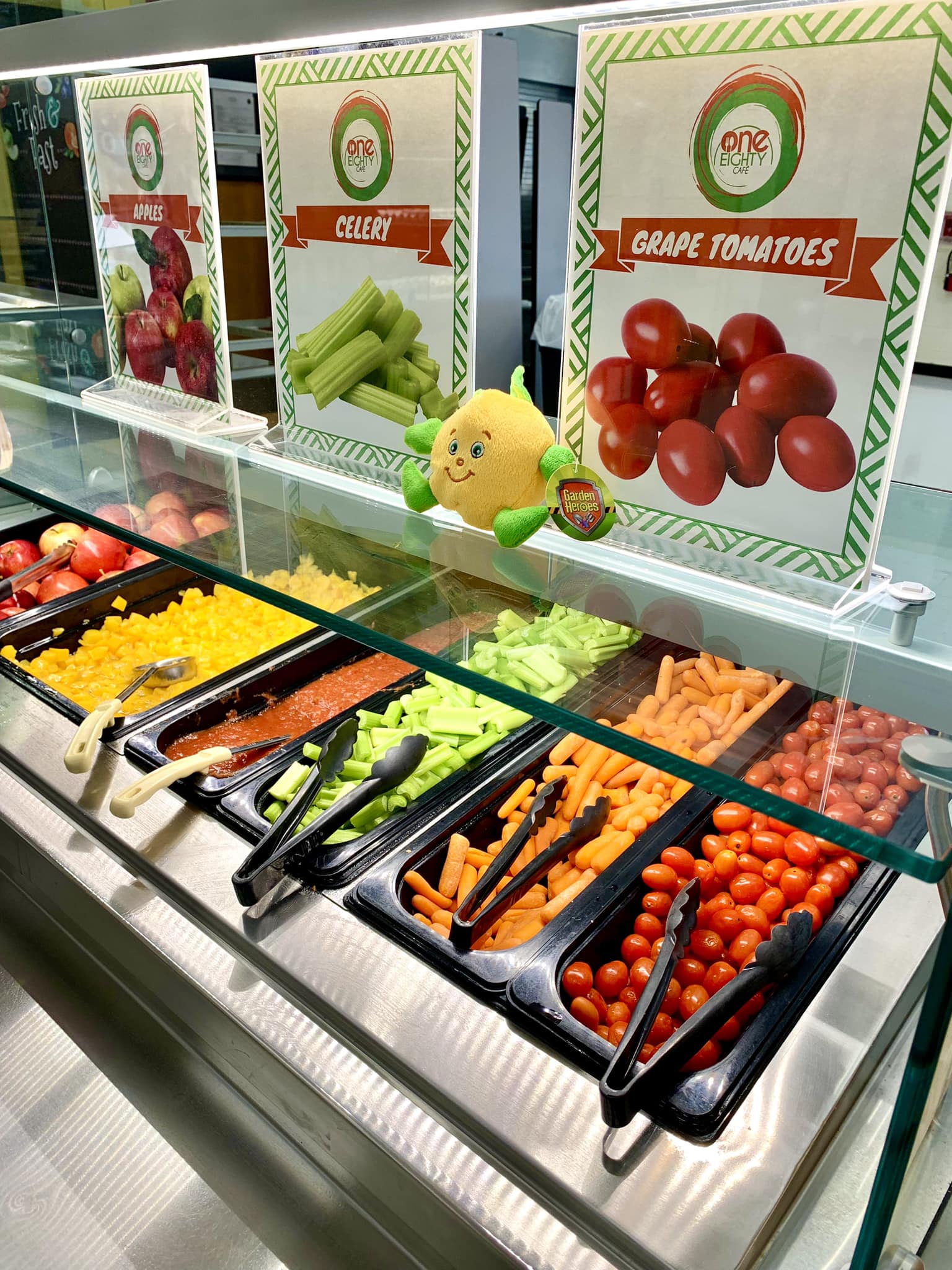
Theme Days and Seasonal Specials:
Spice things up by introducing theme days or seasonal specials. For example, “Taco Tuesdays” or “Harvest Day” can make the salad bar program more exciting. Promote these special days in advance, so students know what to expect. Create salad bar theme days like “Salad Bar for the Win” where the Beaverton School District in Oregon promoted team colors with matching produce on the salad bar.
Promote school grown items with attractive signage like the New Richmond School District in Wisconsin.
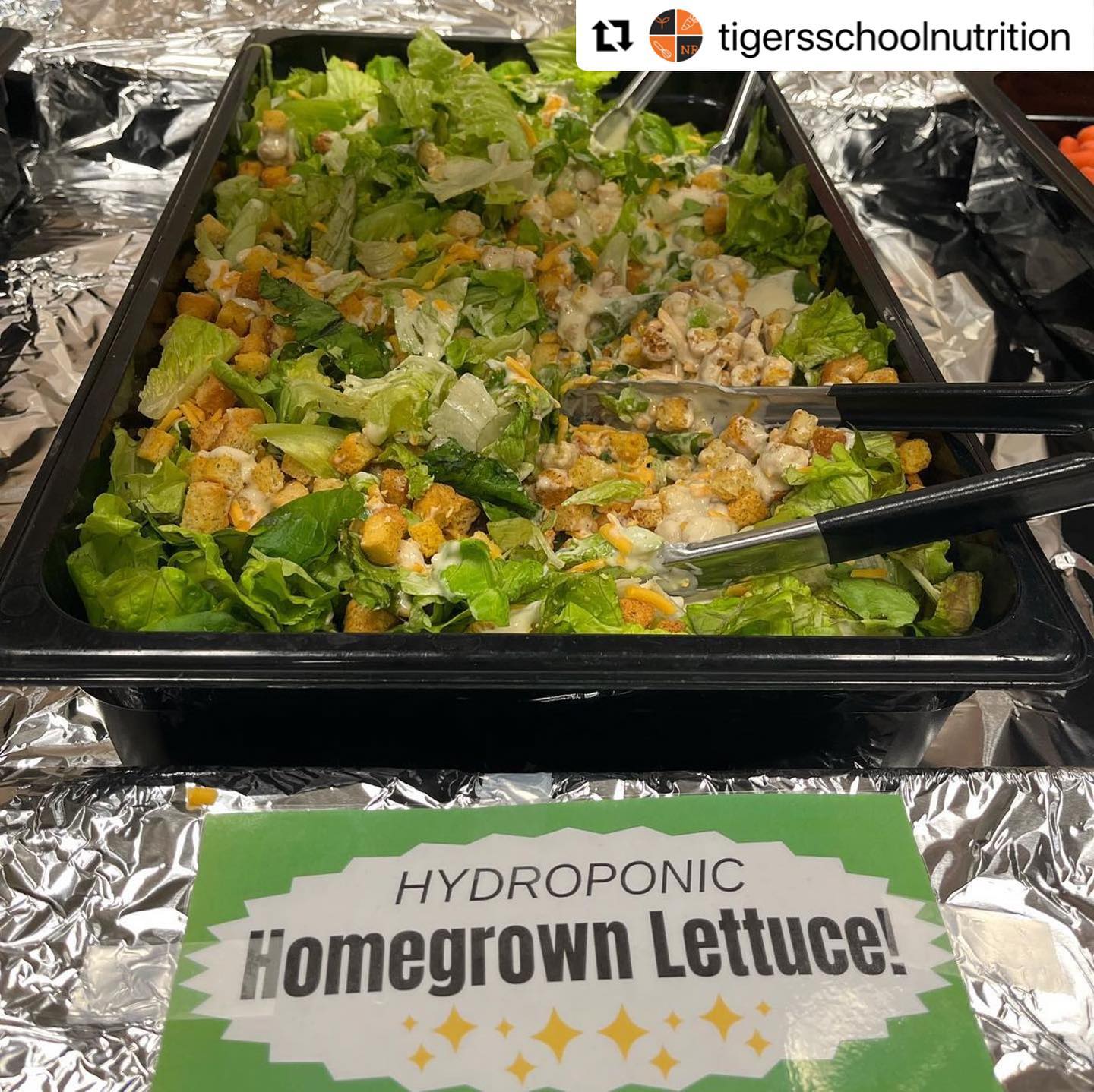
Dress up in fruit, vegetable or any food themed costumes like Pajaro Valley Unified School District in Watsonville California.
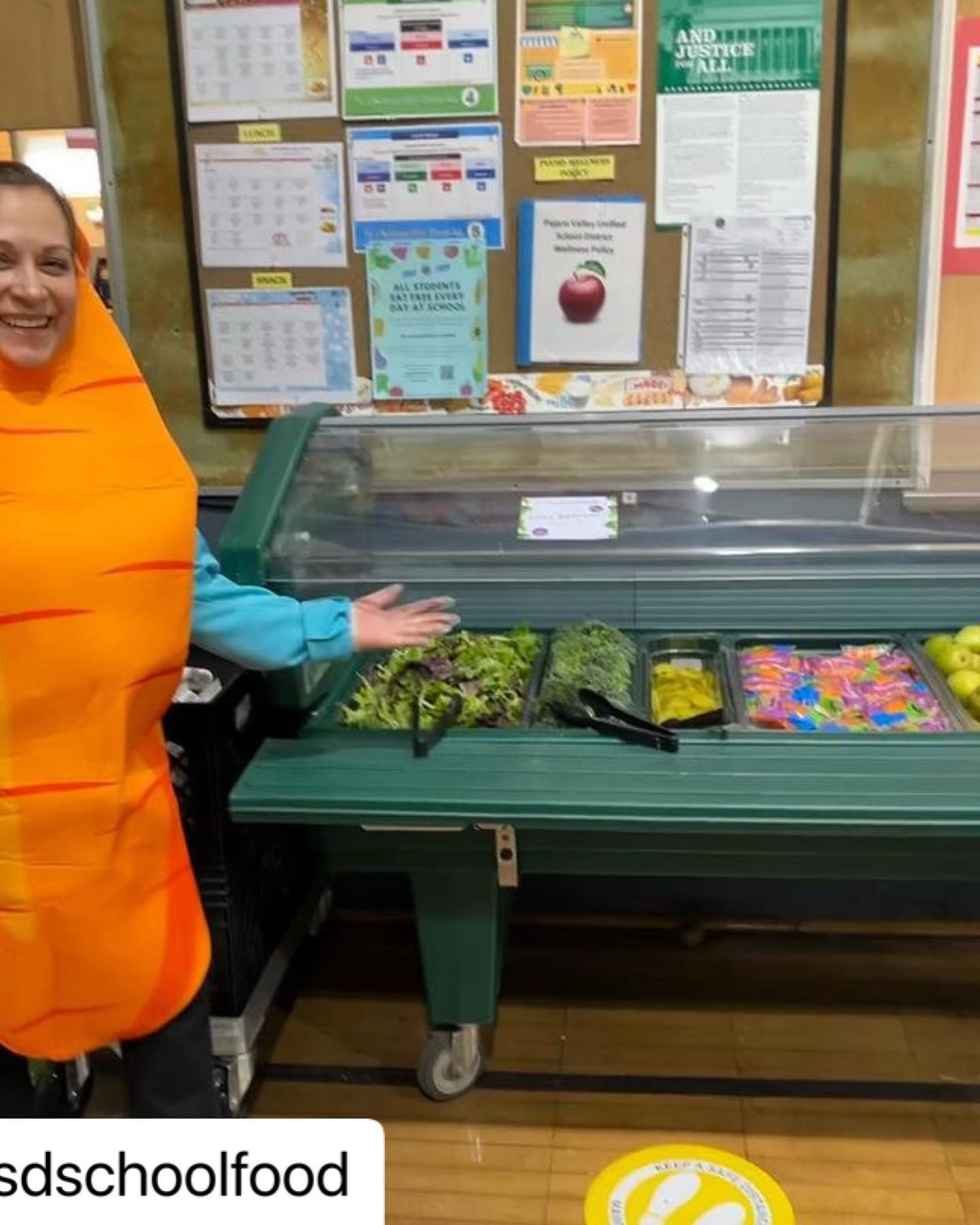
Celebrate holidays with themed salad bars like the all green St. Patrick’s day salad bar created by staff at Ellensburg School District in Washington.
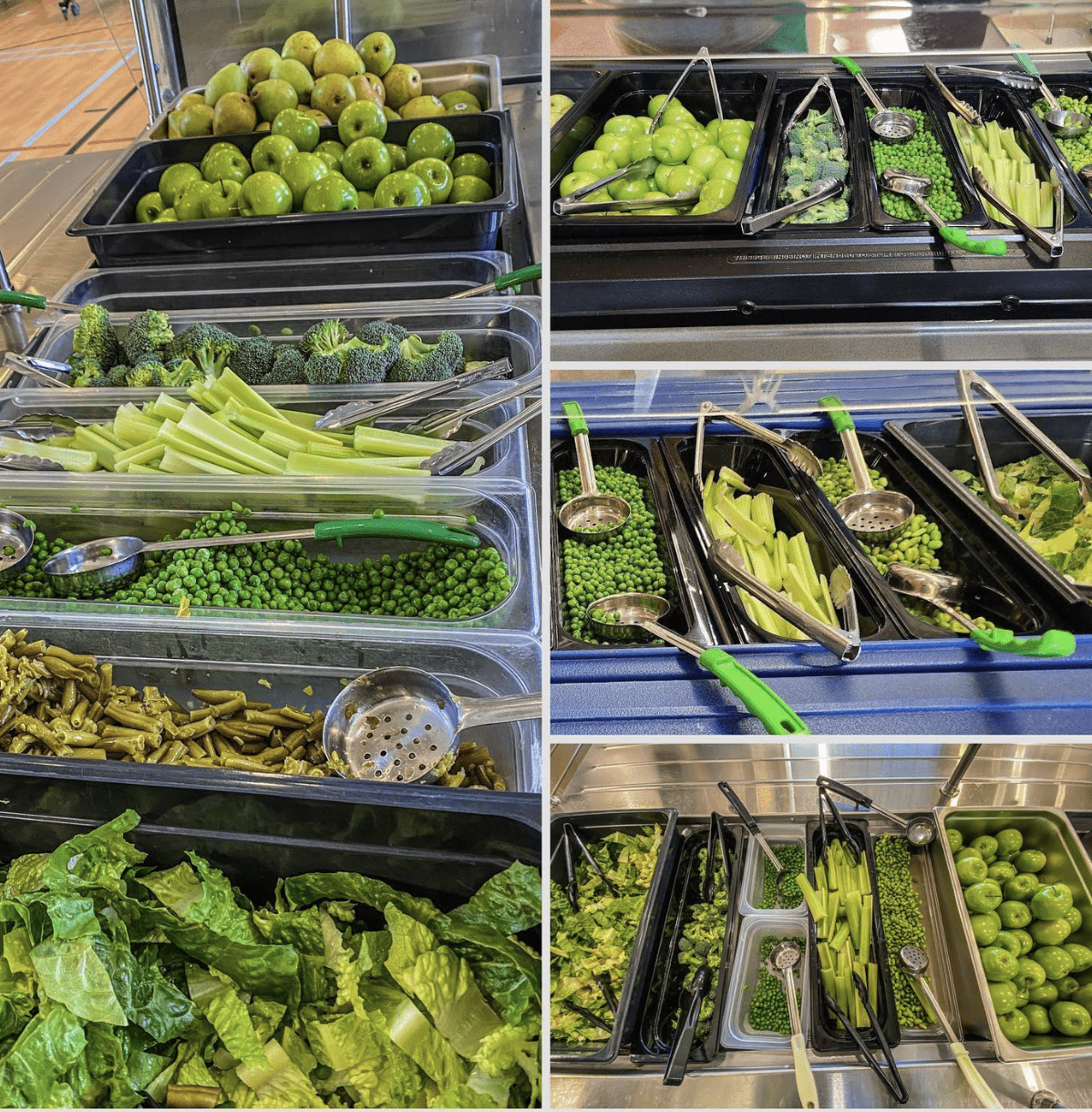
Interactive Nutrition Education:
Incorporate educational elements into the salad bar program. Display fun and informative posters or infographics that highlight the nutritional benefits of various salad ingredients. Encourage students to ask questions and learn about the foods they’re eating. Host Rainbow Day activities for all students to get familiar with the salad bar by creating a rainbow on their plates like the North Attleboro Public Schools in Massachusetts. 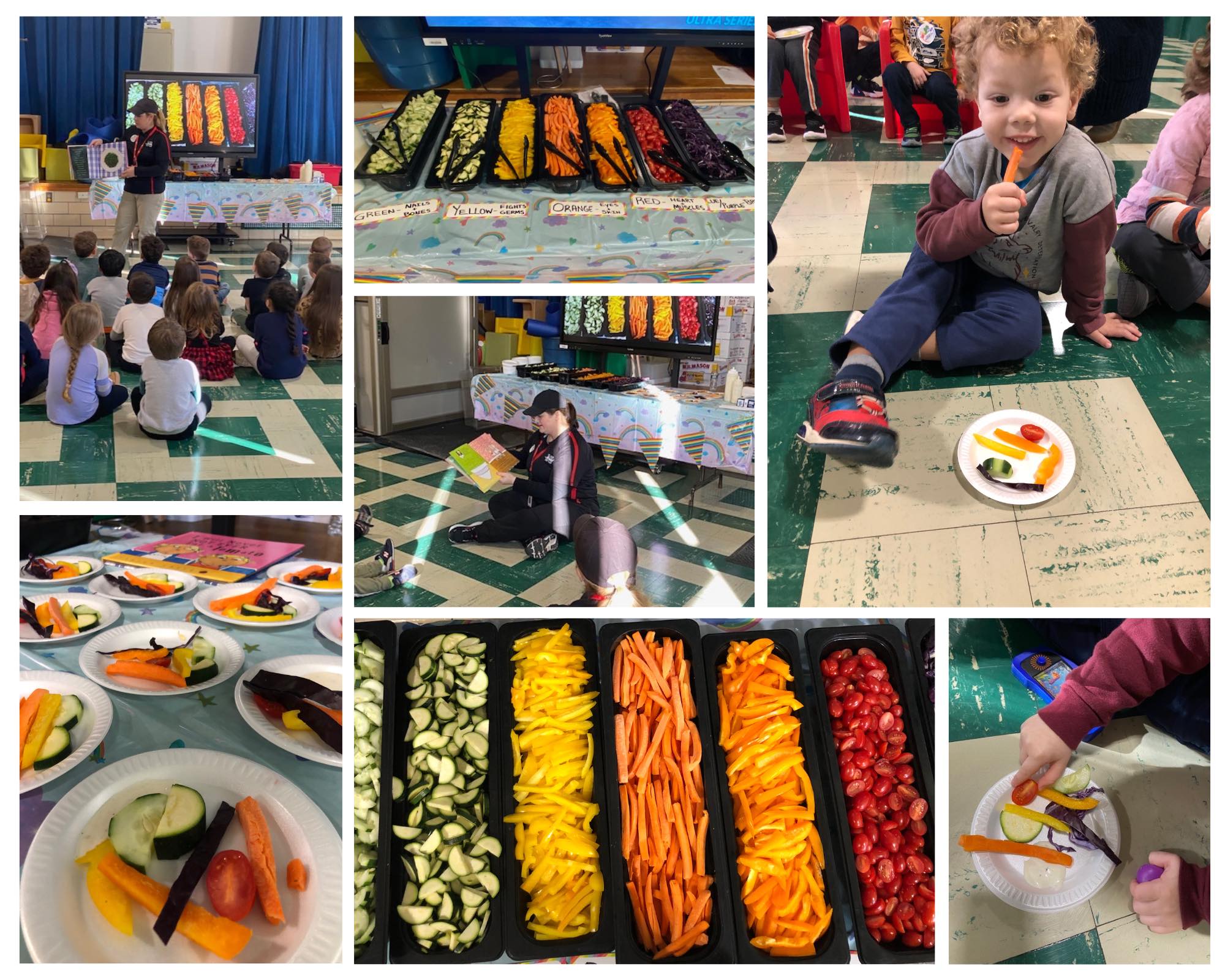
Post informative signage that names each item on the salad bar and provides pictures of where each item comes from like the Palmdale School District in California.
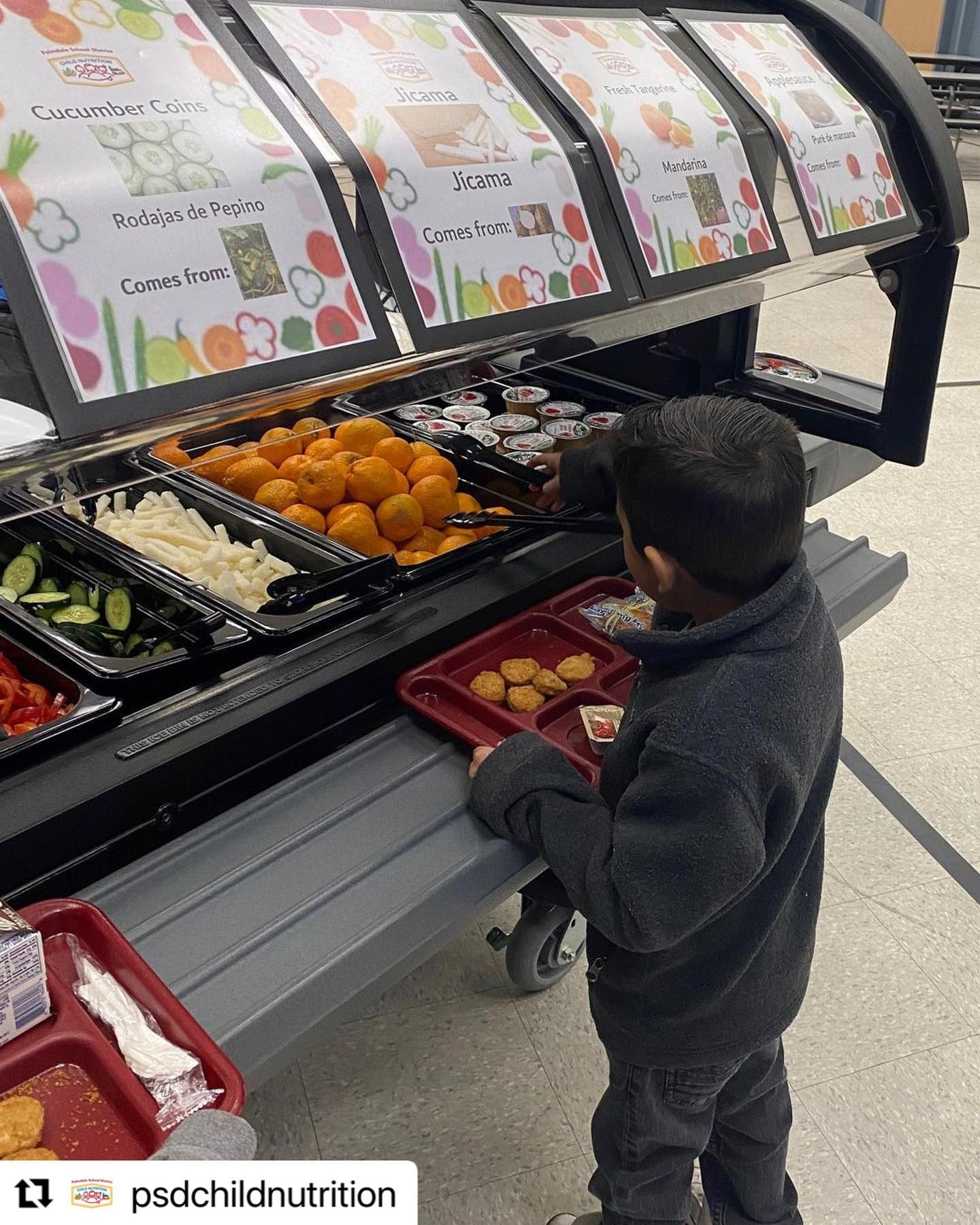
Create fun names for salad bar items and include signs on the salad bar like Concordia Charter School in Arizona.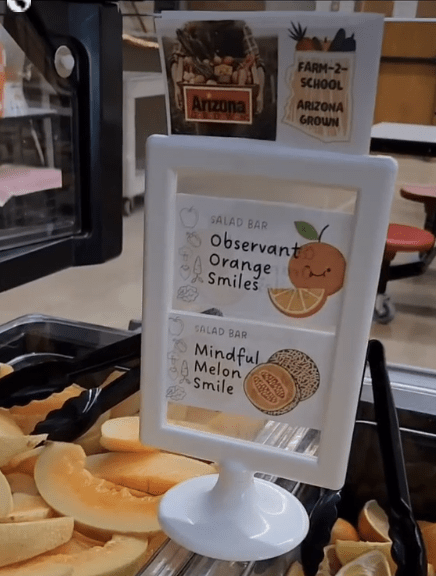
Student Involvement:
Empower students to take ownership of the salad bar program. Form a “Salad Bar Committee” composed of students who can help design menus, promote healthy eating, and even assist with serving during lunch hours. This not only fosters a sense of responsibility but also creates a sense of pride in the program.
Let student workers assist with salad bar setup like at Clark County School District in Las Vegas, Nevada.
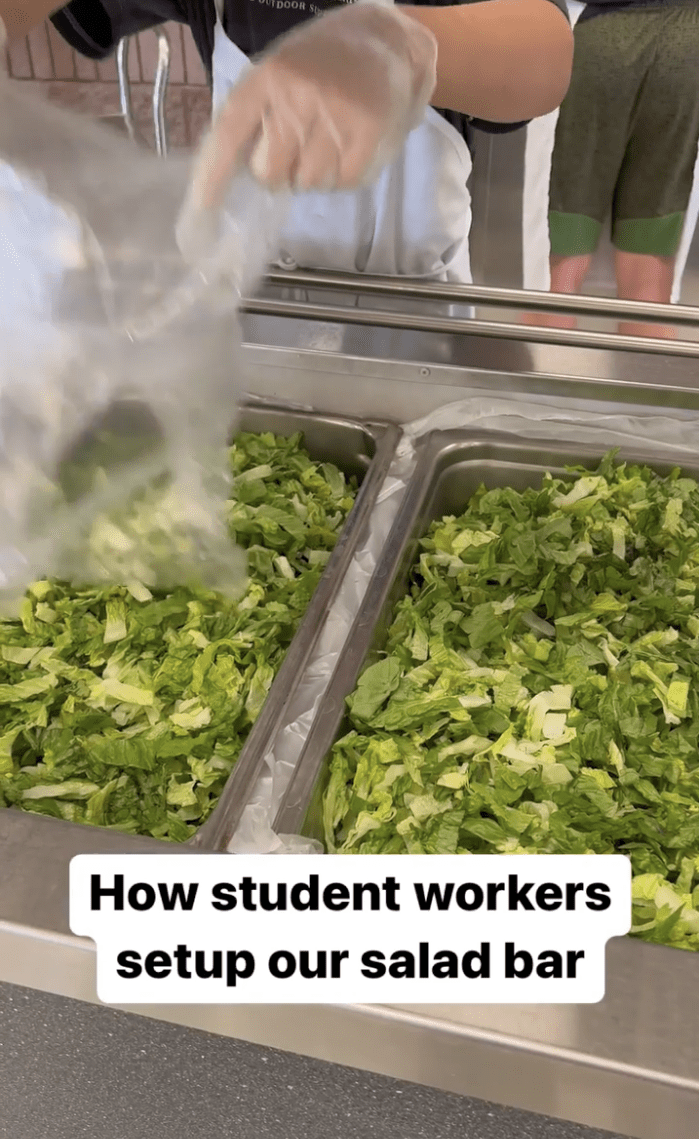
Have student art contests where students can submit drawings for salad bar items to be featured in salad bar signage like the New York City Public Schools.
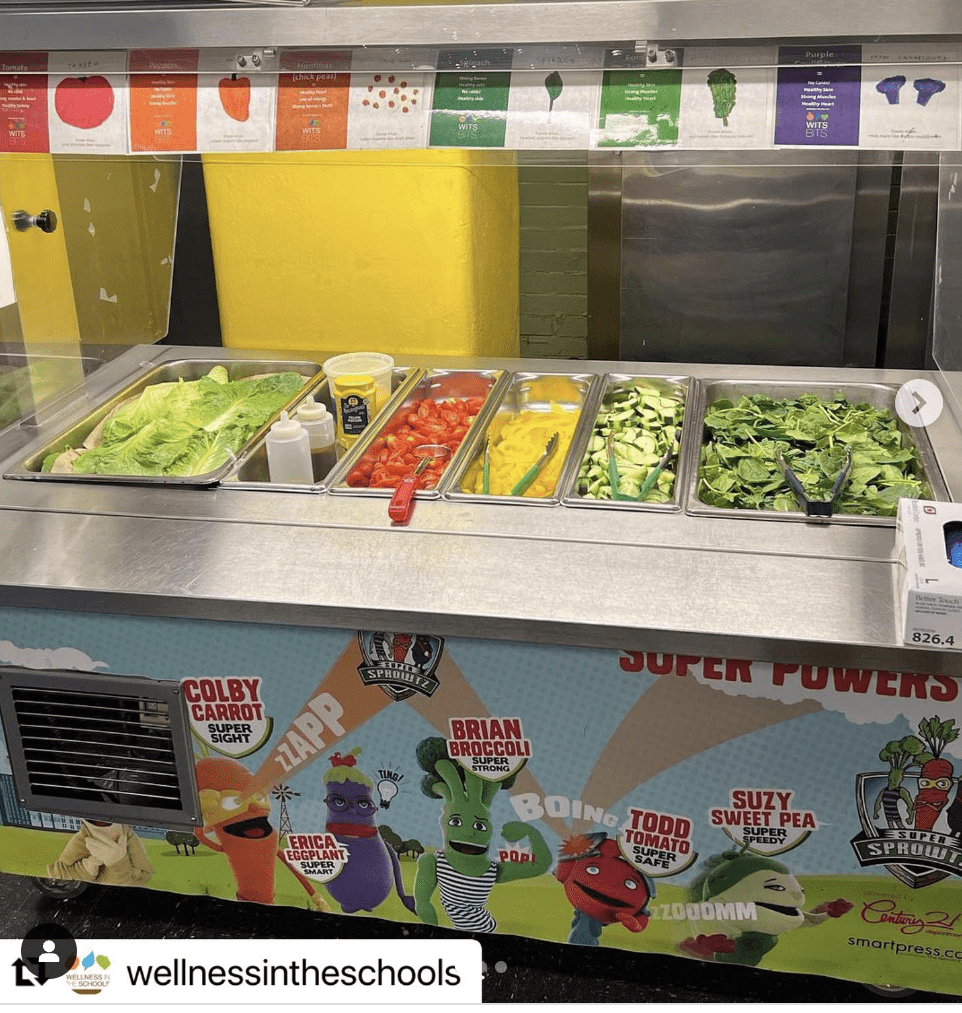
Social Media and School Website:
Utilize the power of social media and the school website to spread the word about the salad bar program. Share enticing photos of the salads, daily specials, and success stories. Use platforms like Facebook, Instagram, and Twitter to engage with the school community and keep them informed.
Take pictures of eye-catching and colorful salad bar spreads to share in posts or stories on Instagram and Facebook like the York Schools in Maine.
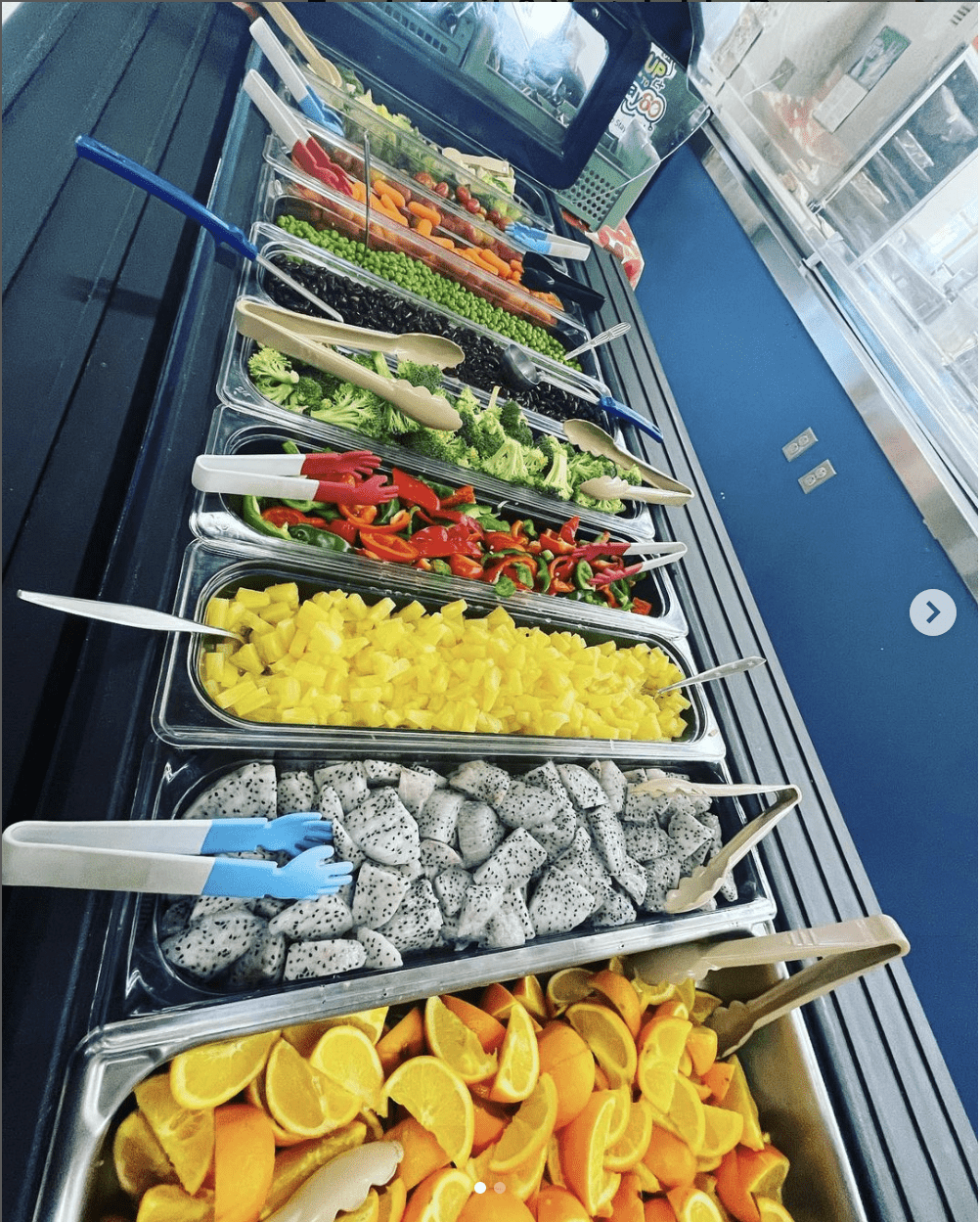
Taste Tests and Sampling:
Organize taste tests and sampling sessions to introduce students to new ingredients and flavors. Encourage them to try a small portion of something they’ve never had before. This hands-on approach can pique their interest and expand their palate.
Use posters or scorecards to get student feedback at taste testings like this scorecard created by FoodCorps as part of their Taste Test Guide for schools.

Handmade posters also work great, like this one created by a dietetic intern working with the food service department at the Ellensburg School District in Washington.

Collaborate with Local Farms:
Partner with local farms or farmers’ markets to source fresh, seasonal produce for the salad bar. Highlight the farm-to-table aspect of your program, emphasizing the importance of supporting local agriculture.
Conclusion:
A thriving salad bar program in K-12 schools requires a combination of fresh ingredients, engaging marketing strategies, and a community committed to promoting healthy eating habits. By implementing these marketing tactics, school foodservice directors and food service operations can not only launch a successful salad bar program but also sustain it in the long run, ultimately contributing to the well-being of the students and the entire school community.
